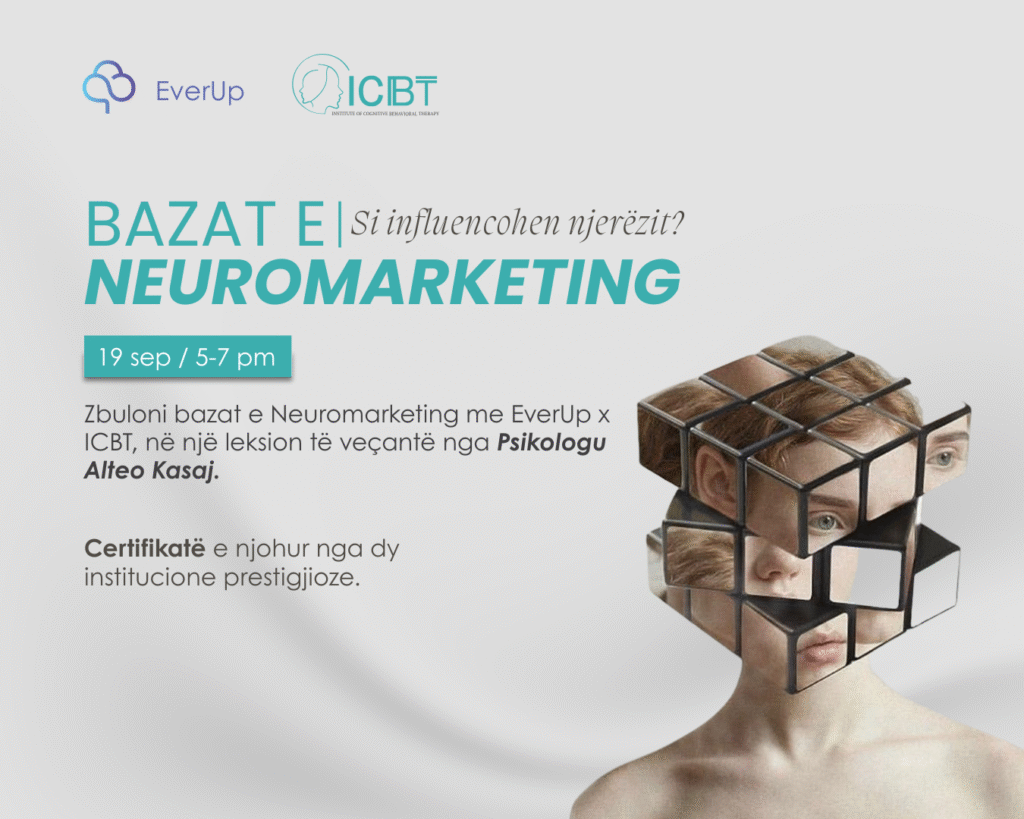
What influences a consumer’s behavior to purchase a product over another? The usual answers that come to a marketer’s mind when asked that question include need, price, availability and brand familiarity. What about Neuromarketing?
But what if it goes deeper than that? What if consumer decision-making is driven by psychology and neural activity in the brain?
This idea is the basis of neuromarketing, a field of study that incorporates psychology, neuroscience and marketing to predict and even influence consumer behavior and purchase decisions.
The Science Behind Neuromarketing
While the term neuromarketing was first introduced in the early 2000s, consumer neuroscience began to emerge in the 1990s, when measuring brain activity using functional magnetic resonance imaging (fMRI) machines became more accessible.
Consumer neuroscience examines fMRI scans and electroencephalogram measurements of people’s brain activity when they are given or shown stimuli, such as an advertisement, product packaging, or something to drink. It could also include verbal prompts to monitor reactions. The brain activity seen on the scans shows what a person is feeling in that moment.
Consumer neuroscience also includes physiological tracking — measuring facial expressions, eye movements, pupil dilation, heart rate, or other physical reactions people experience when given the stimuli. With eye tracking software, marketers can use heat maps to see what consumers are most drawn to in ad campaigns or websites and the journey they take to ultimately purchase something or disengage with digital assets.
Examples of neuromarketing research include:
- Serving Coca-Cola and Pepsi to subjects in an fMRI machine. When the drinks weren’t identified, the researchers noted a consistent neural response. But when subjects could see the brand, the part of their brains associated with emotions, memories, and unconscious processing showed enhanced activity, demonstrating that knowledge of the brand altered how the brain perceived the beverage.
- Scanning the brains of test subjects while they tasted three wines, each labeled with a different price. Their brains registered the wines differently, with neural signatures indicating a preference for the most expensive wine. In actuality, all three wines were the same.
Why is Neuromarketing Important?
By understanding what people react to based on biology and not conscious choices, marketers can essentially predict consumer behavior. When marketers can predict behavior, they can take steps to market their products — from the price to packaging to product marketing campaigns — in ways that elicit emotional responses and compel consumers to buy, thus increasing sales and revenue.
There is a truth to neuromarketing that can’t be replicated by traditional marketing research tactics like focus groups. People may not always tell the truth in focus groups, or they say things they think others want to hear.
Neuromarketing techniques remove the human choice element in market research and expose a person’s real and unfiltered responses. This helps marketers gain a more complete understanding of consumer motivation and buying behavior, which drives marketing decisions and budget spending.
How can you learn more about Neuromarketing?
Everup is organizing a special Webinar for everyone who is intrested to learn more about Neuromarketing and how you can apply it to your everyday decisions.
The webinar “The foundations of Neuromarketing: How is human behavior influenced” will explore for 2 hours the theorical frame and the practical view of it’s use.
It will be lectured by Alteo Kasaj a clinical psychologist, who has specializations in NeuroMarketing & Digital Marketing. He promises us a webinar, where we will learn more and dive deeper in the world of consumer’s behavior.
